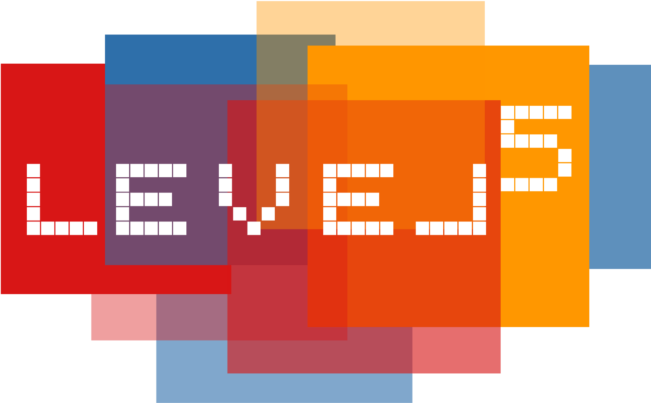Validation
To ensure that learning and collaboration lead to tangible outcomes, the EdTech Mentoring Approach integrates the LEVEL5 Competence Validation System.
Validation provides a structured process for evaluating and documenting researchers’ personal and professional development, offering a clear comparison between initial self-reflection and subsequent competence growth during the secondment. Adopting the LEVEL5 methodology ensures a competence-oriented approach, recognising not only knowledge acquisition but also the development of skills and attitudes that are essential in the EdTech and entrepreneurial sectors.

Beyond individual benefits, this phase reinforces the credibility of the secondment by offering a structured way for host organisations to confirm the researcher’s contributions and progress.The process also serves as a valuable resource for future learning paths, enabling researchers to leverage their achievements for academic careers, entrepreneurial ventures, or further professional development.
How to Validate Your Growth
The validation phase is structured around a multi-step process that ensures comprehensive reflection and external verification. The linked LEVEL5 validation H5P activity follows a retrospective approach, meaning that users must compare their competence levels at the beginning and the end of the secondment. This ensures a clear, measurable progression in knowledge, skills, and attitudes.
- Project Documentation – Researchers describe their secondment experience, including the project outcomes, prototypes, services, or innovations developed. This forms the foundation for competence assessment.
- Competence Self-Assessment – Using the LEVEL5 methodology, researchers reflect on their development in key competence areas (such as “Spotting Ideas and Opportunities”) by comparing their initial and final competence levels. The retrospective nature of this process ensures a structured reflection, allowing participants to identify specific areas of improvement.
- Host Organization Review – Hosts act as external reviewers, providing feedback and validation of the researcher’s progress. This external review ensures objectivity, reinforcing the credibility of the assessment.
- Visual Competence Mapping – The LEVEL5 Cube is used to create a graphical representation of competence development across three dimensions: Knowledge, Skills, and Attitudes. The comparison of initial and final ratings provides a clear overview of growth.
- Certificate Document – A LEVEL5 Certificate is awarded, formally documenting the competence development and providing tangible evidence of the secondment’s impact.
The EdTech Talents LEVEL5 Validation

The Potential and Benefits of Self-Reflection
The validation phase is an integral part of the EdTech Mentoring Approach because it ensures that learning and competence development are visible, measurable, and transferable. The retrospective structure of the LEVEL5 validation process enables researchers to track their evolution in a systematic way by contrasting their initial and final competence levels. This structured comparison enhances self-awareness and professional confidence, making it easier to communicate achievements to future employers or collaborators.
For host organizations, structured validation offers valuable insights into the effectiveness of their mentoring approach. It also ensures that collaborative efforts result in meaningful competence development, allowing organizations to refine future secondments and mentoring models. By implementing a competence-oriented, retrospective validation system, the LEVEL5 approach bridges the gap between theoretical knowledge and real-world application, ensuring that learning translates into concrete skills and professional advancement.
Potential next steps
Following the validation phase, researchers receive a LEVEL5 Certificate, officially recognizing their competence development and project outcomes. This document serves as valuable proof of learning and can be used in academic, research, and industry settings.
Following validation, researchers may choose to:
- Further develop their project or prototype, applying the insights gained during the secondment.
- Engage in additional secondments or collaborations, refining their expertise in real-world contexts.
- Contribute to the mentoring network, sharing experiences and best practices with future participants.
- Leverage their validation results for funding applications, job opportunities, or continued research.
This final step closes the learning loop, ensuring that competence validation translates into real opportunities for professional growth.
